In the News
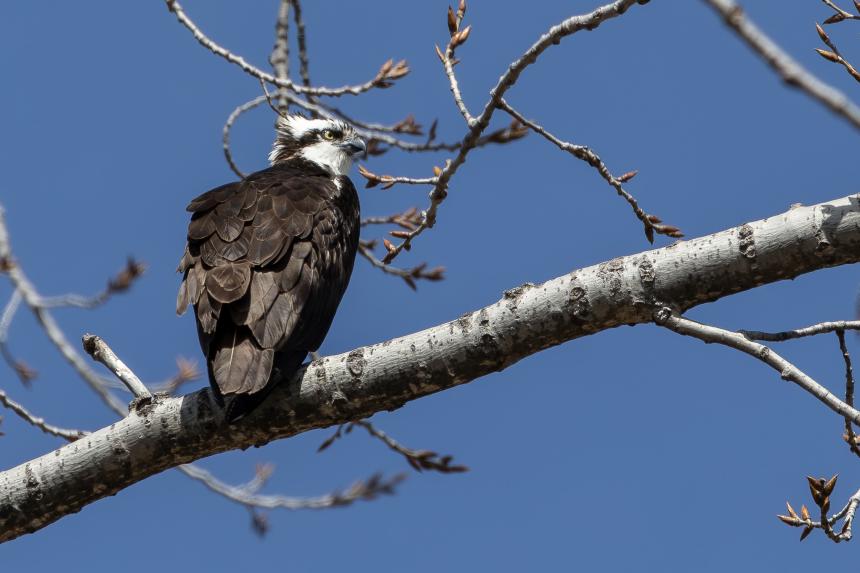
December 22, 2025
Chronic underinvestment in veterinary services fundamentally weakens One Health implementation.
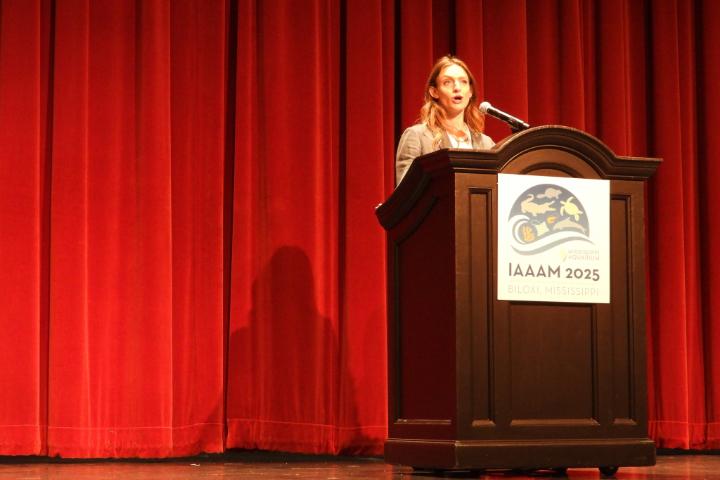
December 11, 2025
One of my primary goals during my veterinary education was to present at a professional conference to gain experience and build my network. I was able to achieve this goal by presenting at the 2025 International Association for Aquatic Animal Medicine Conference....
December 09, 2025
Dr. Amandine Gamble, disease ecologist and veterinarian, is part of the scientific team that has confirmed the presence of highly pathogenic avian influenza on Beauchêne Island, the home of the world’s second-largest colony of black-browed albatross.
Blog
December 09, 2025
Early in her career, Ellen Haynes '09, DVM '13, PhD, was fueled by a desire to help wildlife that had been negatively impacted by human activity.
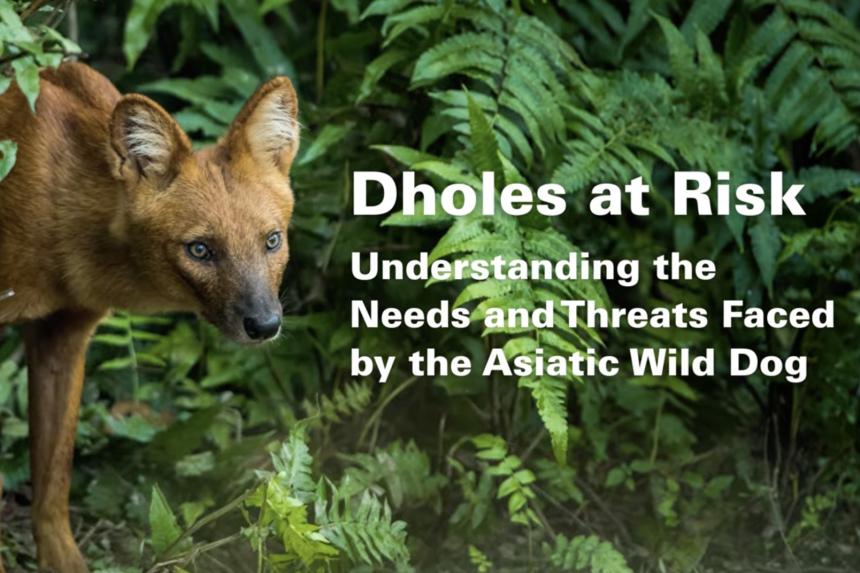
Video
December 05, 2025
Dr. Martin Gilbert, Wild Carnivore Health Specialist, discusses Cornell's collaborative research efforts to understand the threats facing the dhole, one of Asia’s most endangered carnivores.
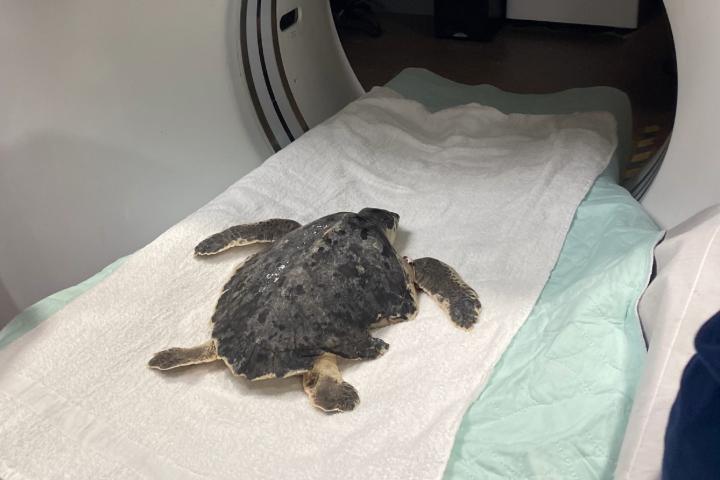
December 02, 2025
This past spring, I had the opportunity to travel to Gulfport, Mississippi, where I served as a veterinary student extern at the Mississippi Aquarium. It was my first time working at an aquarium, and I loved it....
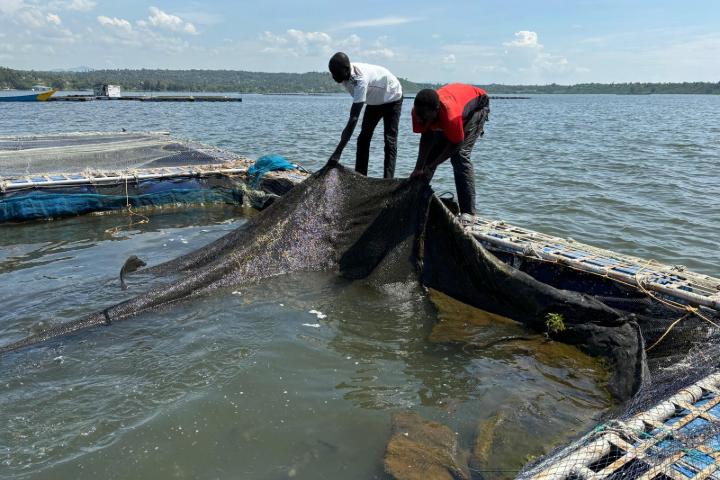
December 01, 2025
Cornell's Eric Teplitz and Katie Fiorella discuss their recent findings about aquaculture practices in Lake Victoria, Kenya.
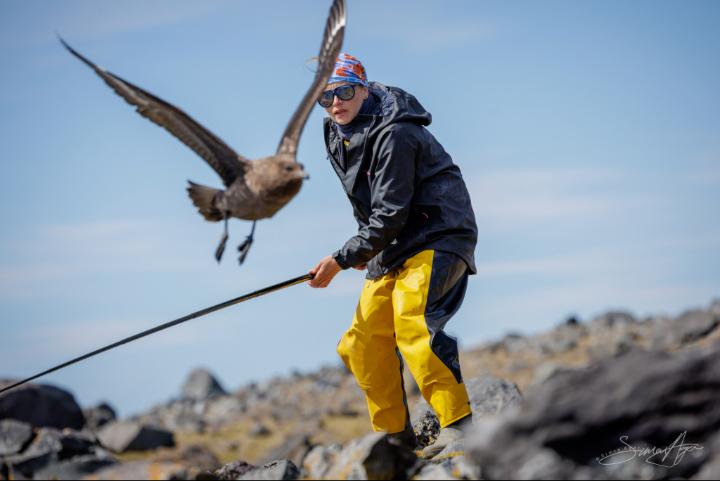
November 25, 2025
The story of how a research team, including Cornell's Dr. Amandine Gamble, confirmed the first case of bird flu in Antarctic ice seals—an alarming sign of how climate change is fueling the spread of deadly pathogens to Earth’s last frontier.
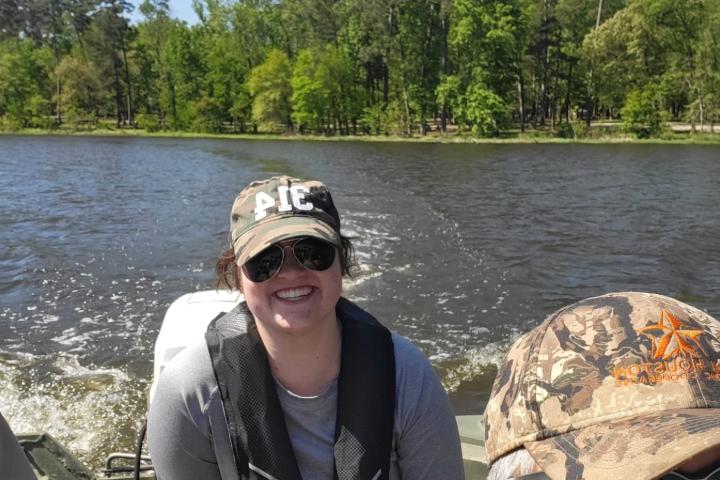
November 24, 2025
Veterinary medicine offers a wide range of career paths and options, and one of the most interesting and often overlooked is that of a state wildlife veterinarian....
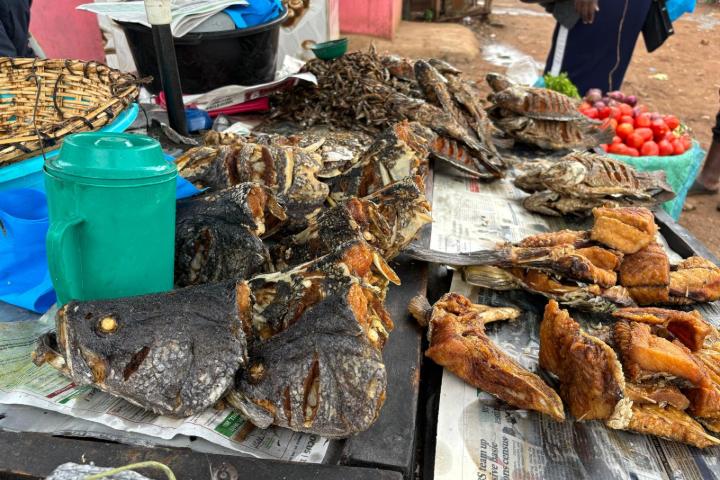
November 14, 2025
by
Rodman Getchell
Compassion is not just a feeling; it's a call to action. It motivates individuals to actively seek ways to help and make a difference in the lives of others....
